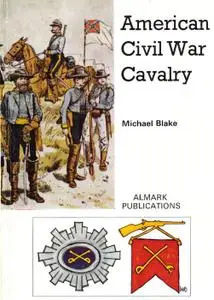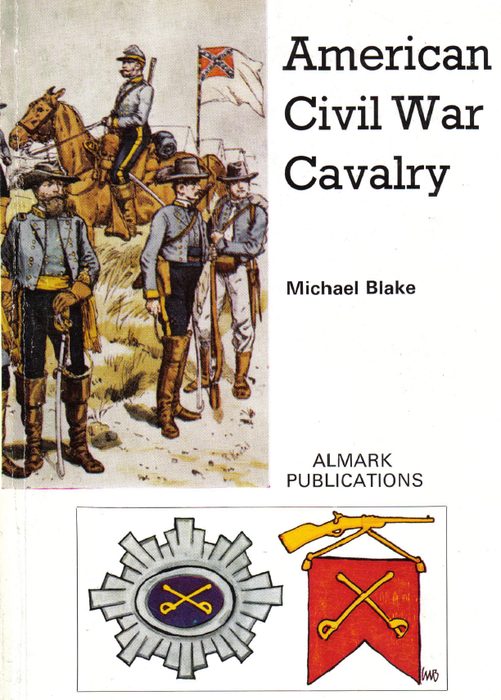Michael Blake - American Civil War Cavalry
Almark Publishing | 1973 | ISBN: 0855240989, 0855240997 | English | 66 pages | PDF | 29.72 MB
Almark Publishing | 1973 | ISBN: 0855240989, 0855240997 | English | 66 pages | PDF | 29.72 MB
Introduction: As this book is intended as a complimentary volume to the already published work American Civil War Infantry, many basic details dealt with in the earlier book are not repeated here, more attention being paid to variations and information peculiar to Cavalry. Thus the reader will often be referred to the Infantry book for further details. In addition to the Cavalry, North and South, information on the Indian units raised by both sides is included. The various early machine-guns employed are also covered. This book is not intended as a guide to the strategy and tactics of the war, nor a military history of its course; it is purely a handbook of information about the men involved, what they wore and the equipment they fought with. The details given concentrate on those which will be of use to the modeller and wargamer and therefore those wishing for more information on the causes and courses of the war are refered to the bibliography at the back of the book. The Southern mounted troops started the war better equipped, with more skill and horses and higher morale than their counterpart in the North. The South was a natural rider's country, and the Rebel cavalry ran rings around the poorly equipped, trained and mounted Federals. However, as the war progressed so the training improved in the North and equipment and horses were replaced. In the South whilst the soldiers may also have improved with experience his equipment and horses were not so easily replaced. Thus slowly the Federal cavalry began to gain the upper hand, eventually reaching a marked superiority over the Southern horsemen. I should like once again to thank my good friend John Robertson of Dundee for his apparently inexhaustable fund of information; Mick Bowling for access to his collection for reference and illustrations, and for his encouragement and advice; and to my wife Paul for her patience.



